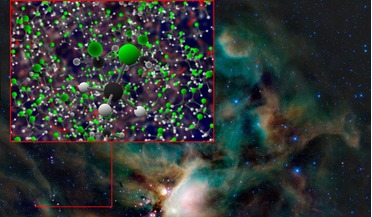 02 October 2017
New molecule discovery may have implications for chemistry on Earth
02 October 2017
New molecule discovery may have implications for chemistry on Earth
... comets. The team, whose lead author is Edith Fayolle from the Harvard-Smithsonian Center for Astrophysics, Cambridge, Massachusetts, have calculated that comets like 67P could have delivered up to 50 gigatonnes of chlorine by way of meteorite impact...
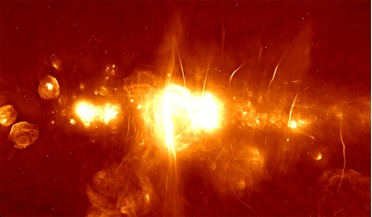 16 July 2018
Science begins with South Africa's super radio telescope
16 July 2018
Science begins with South Africa's super radio telescope
... of dipole antenna. A type of aperture array antenna that SKA will use. Image: Swinburne Astronomy Productions/ICRAR/U. Cambridge/ASTRON.
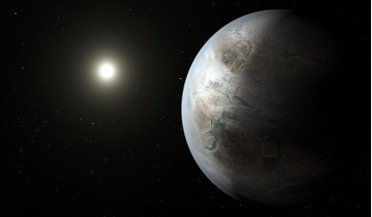 03 August 2018
Plate tectonics not needed for life, but UV light is
03 August 2018
Plate tectonics not needed for life, but UV light is
.... By looking at the type and strength of light given off by its host star, researchers from the University of Cambridge and the Medical Research Council Laboratory of Molecular Biology (MRC LMB) have identified a group of planets where...
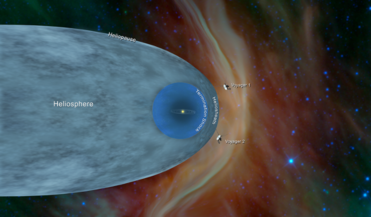 11 December 2018
Voyager 2 joins its twin in interstellar space
11 December 2018
Voyager 2 joins its twin in interstellar space
..., principal investigator for the PLS instrument and a principal research scientist at the Massachusetts Institute of Technology in Cambridge. The PLS instrument aboard Voyager 1 stopped working in 1980 long before that probe crossed the heliopause...
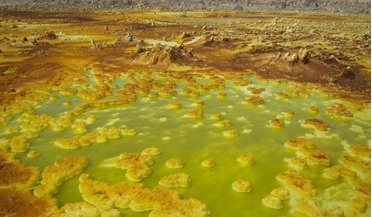 15 July 2019
New study says silica aerogel could make Mars habitable
15 July 2019
New study says silica aerogel could make Mars habitable
... modification are currently well beyond human capability for the foreseeable future, so Robin Wordsworth of Harvard University, Cambridge, MA, USA and colleagues looked at the problem from a completely different angle; a thin and durable substance...
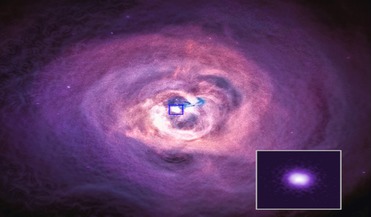 20 March 2020
Missing particle a major blow for "Theory of Everything"
20 March 2020
Missing particle a major blow for "Theory of Everything"
... and so should be easier to spot. With this in mind, a team of astronomers led Christopher Reynolds at the University of Cambridge in the UK, looked for signs of conversion by axion-like particles in material falling towards the supermassive black...